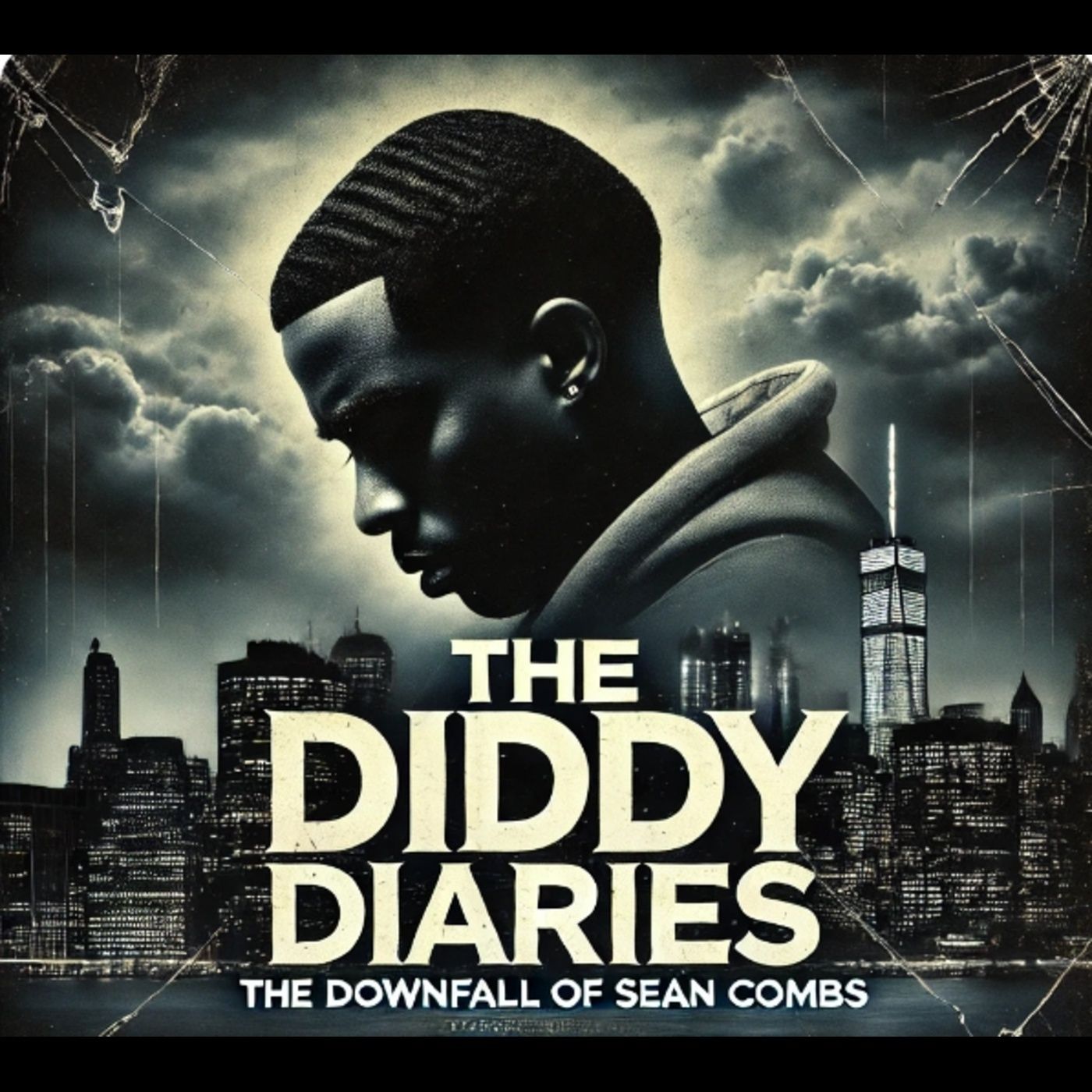Only You (Ricardo Medina)
Dallas first-date murder: how an evening out became deadly
On a warm August night in 2020, a routine first date in south Dallas ended in the unthinkable: the death of 27-year-old nurse Ricardo Medina. This episode examines how persistent stalking, social media behavior, and modern digital forensics combined to expose an obsessive pattern that culminated in murder. The narrative follows investigators as they reconstruct a timeline from phone extractions, witness interviews, and a recorded confession.
Tracing obsession: the role of social media and unwanted messages
Detectives discovered that Jorge Esparza had repeatedly harassed a woman identified here as Lisa, using new accounts and relentless messages after she rejected him. Those patterns provided context for motive and a history of escalation. Investigators collected extensive messaging evidence showing obsessive texts, impersonations, and chilling references to a TV show about stalking and murder.
Phone data extraction and building the timeline
Forensic extraction of phones proved decisive. Call records and cell-tower pings placed Esparza near Lisa's home the night of the shooting and showed his movement following Ricardo’s car. The phone extraction also revealed deleted messages and social media posts that linked Esparza to the crime and to post-crime bragging on public platforms.
Victimology and the tragedy of an unintended target
Ricardo Medina was not the intended long-term target; he was a young nurse on a first date. The episode highlights how victims of obsession are often bystanders who become collateral damage. Family, friends, and coworkers paint a picture of a compassionate caregiver whose life was cut short by another person’s fixation.
Trial complications: live streams, a hot mic, and legal consequences
The trial featured unexpected courtroom drama when a judge’s hot-mic comment during a live-streamed proceeding forced a mistrial and judge recusal. A later retrial relied on recorded confession, corroborating physical evidence, and testimony from multiple women who described similar stalking patterns. Ultimately, Esparza was convicted and sentenced to life with parole eligibility after 30 years.
Lessons for communities and individuals facing stalking behavior
- Recognize escalation: Repeated unwanted contact that persists after clear boundaries can signal a dangerous trajectory.
- Document and preserve evidence: Screenshots, partial plates, and camera footage helped link behaviors to the defendant.
- Use victimology: Understanding victims’ routines and relationships helped investigators reconstruct motive.
This episode is both an investigative case study and a cautionary tale about the dangers of obsession in the social-media age, the power of digital evidence to reconstruct events, and the human cost when harassment escalates into violence.
Insights
- If you receive persistent, unwanted messages after setting boundaries, preserve them and report to authorities immediately.
- Phone extractions and cell-tower data can decisively corroborate or challenge suspect statements in violent crimes.
- Collecting testimony from other women or prior targets can reveal a pattern of harassment crucial to prosecution.
- Surveillance video and even partial license plate details can link a suspect to arson, vandalism, or stalking incidents.
- Live-streamed court proceedings can introduce technical risks that may affect trial integrity and outcomes.
- Stalking often centers on control and escalation; early legal warnings and protective orders can help prevent violence.
FAQ
How was Jorge Esparza linked to Ricardo Medina’s murder?
Investigators used phone data, cell-tower pings, surveillance, messaging evidence, and Esparza’s recorded confession to link him to the murder.
What role did phone data extraction play in the investigation?
Phone extraction revealed messages, social media activity, and location pings that established motive, timeline, and proximity to the crime scene.
Why did the trial originally end in mistrial?
A live-streamed court proceeding captured a judge’s off-record comment on a hot mic, prompting a mistrial and judge recusal to protect fairness.
What sentence did the defendant receive?
Jorge Esparza was sentenced to life in prison with the possibility of parole after 30 years.




